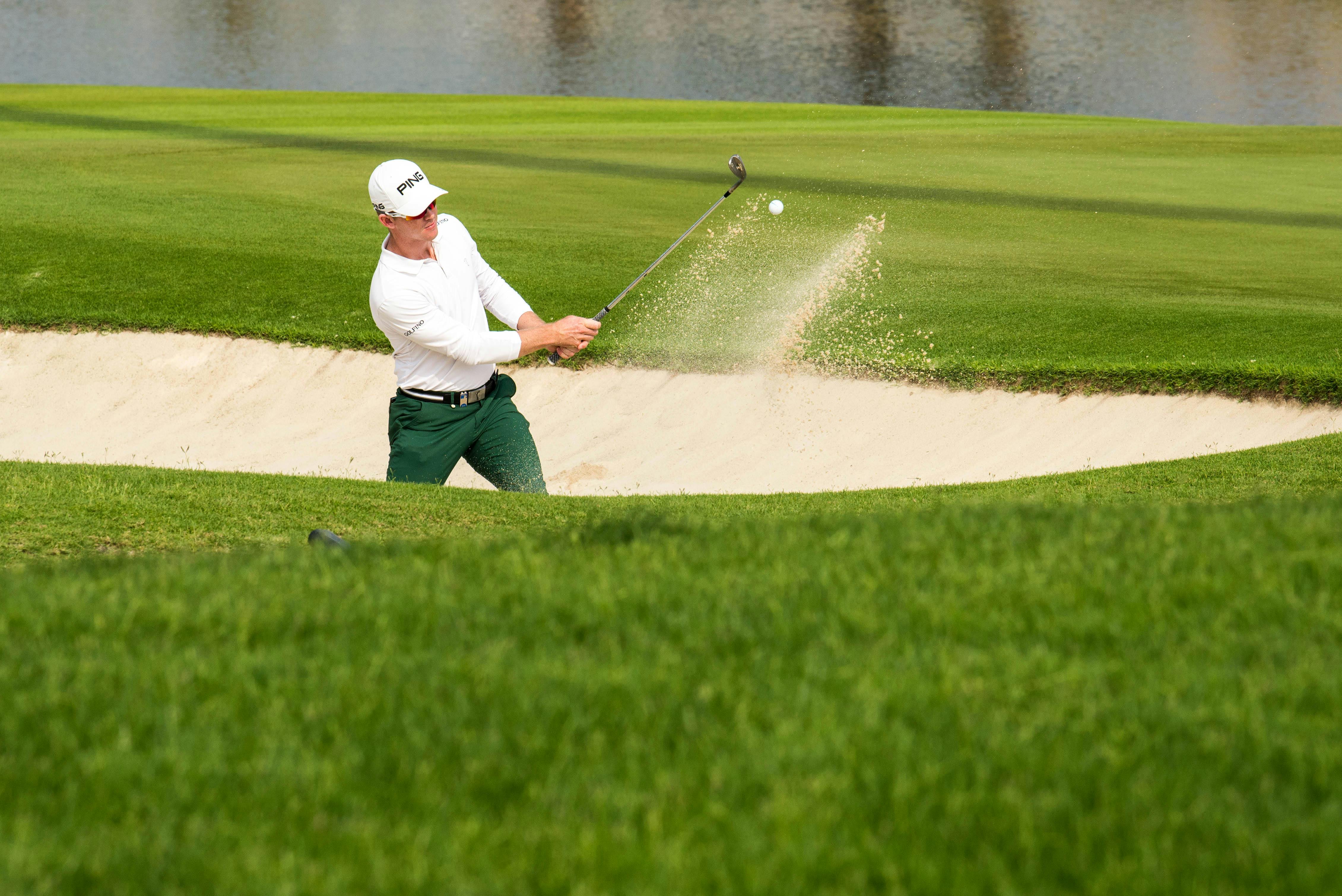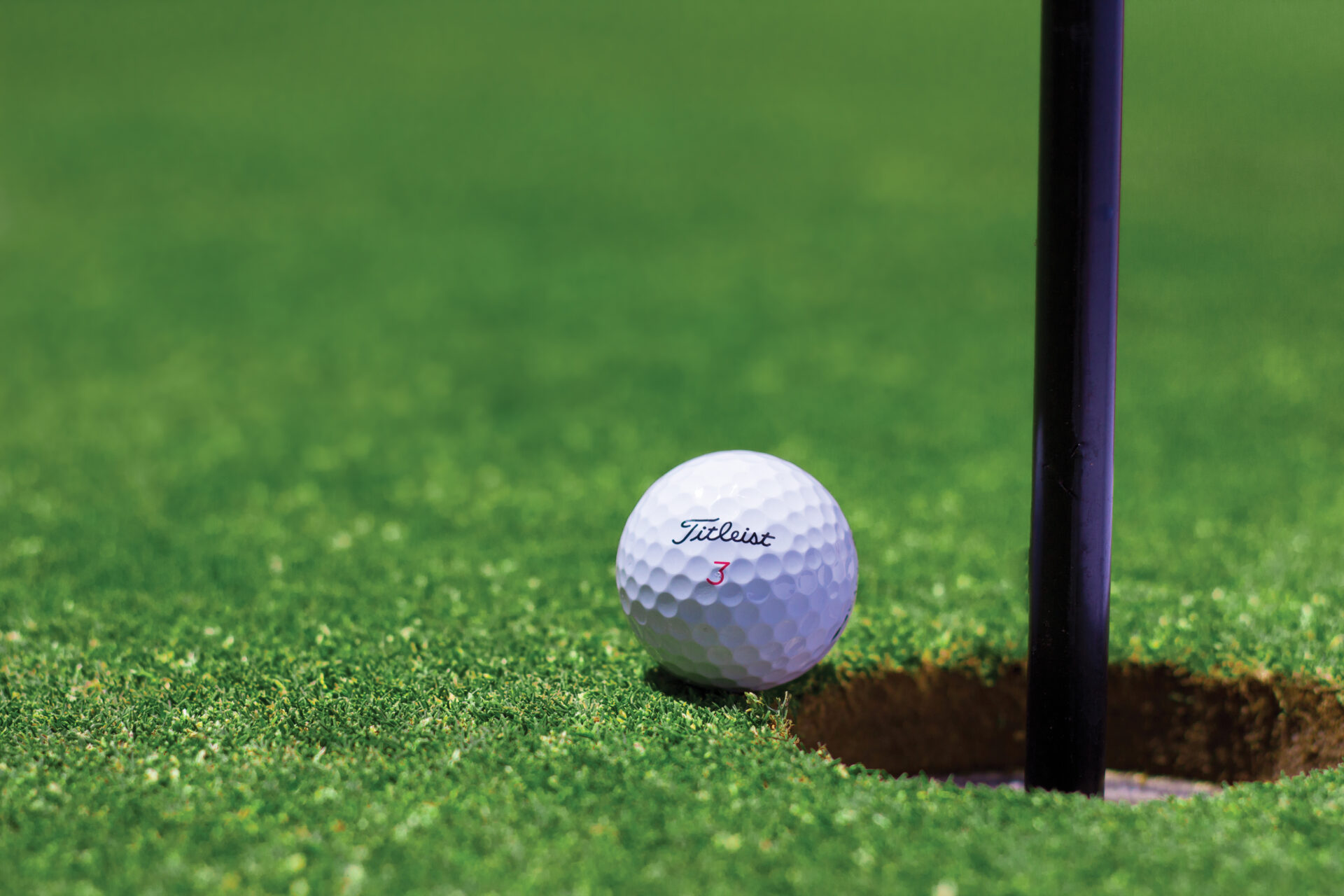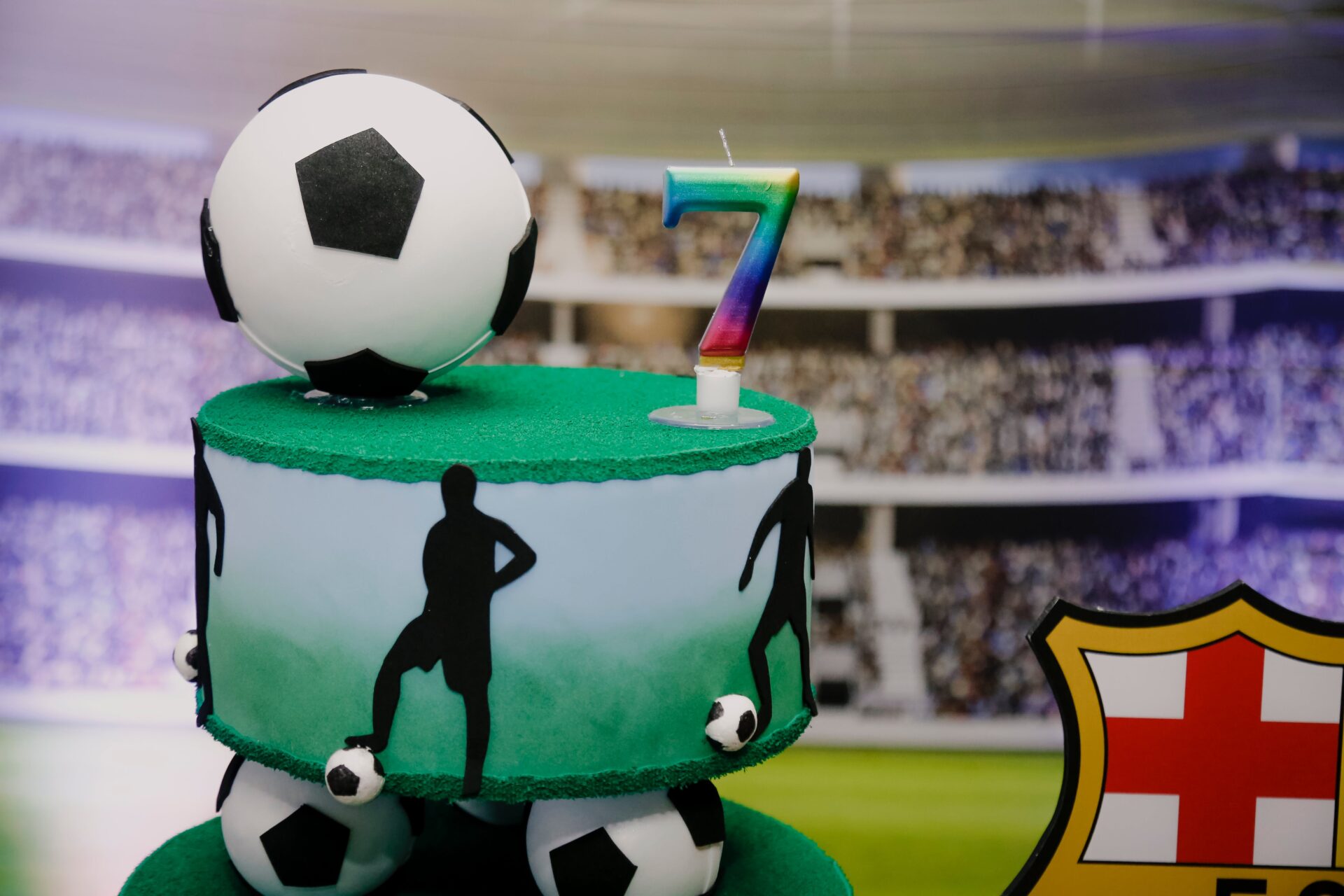Golf is a challenging and rewarding sport, but it’s also important to have the right equipment. One of the most important pieces of equipment is the golf ball. Choosing the right one can make all the difference in your game. In this article, we’ll discuss what to look for in a golf ball and which ones are best for you. We’ll also provide some tips on how to choose the right ball for your game. After reading this article, you’ll have all the information you need to make an informed decision about which golf ball to use.The different types of golf balls are two-piece, three-piece, four-piece, and five-piece. Two-piece golf balls are the most basic and typically offer the least feel and spin. Three-piece golf balls have a larger rubber core surrounded by an inner mantle layer for more feel and spin. Four-piece golf balls have a softer rubber core with an outer mantle layer providing even more feel and spin. Five-piece golf balls are the most advanced type of ball and typically offer the most feel and spin control.
The Benefits of Using Certain Golf Balls
Golf balls are a key component of any golfer’s game, and can have a huge impact on their performance. Different styles of golf ball are designed to suit different playing styles, and choosing the right one for your game can be the difference between a great round and a poor one. Certain golf balls offer specific benefits that can help you improve your game, no matter what level you’re at.
For example, tour-style golf balls are designed for experienced players who have developed a consistent swing. These balls provide maximum spin, control and distance, and are perfect for experienced players looking to maximize their performance. On the other hand, recreational golf balls are designed for beginners or those with slower swing speeds. They provide a softer feel off the clubface and allow for more forgiveness on bad shots, making them ideal for those who are just starting out in the sport.
Another style of ball is the urethane-covered ball which offers increased spin around the greens due to its soft cover material. This type of ball is popular among professional players looking for more control around the green while still enjoying maximum distance off the tee.
Finally, golfers looking to increase their visibility on the course may want to consider using colored golf balls. These brightly colored balls stand out better in low light conditions than traditional white or yellow models, making them easier to locate when searching in rough or wooded areas. There is also a greater variety of designs available than ever before that allow you to customize your equipment with personalization or special logos.
Overall, certain types of golf ball offer specific benefits that can help improve your game no matter what level you’re at. With so many options available it is important to find the right style for your playing style in order to maximize performance and enjoy this great sport even more!
Drawbacks of Certain Golf Balls
Golf balls come in a variety of different materials and styles, making it difficult to decide which type is best for any given situation. While some golf balls provide excellent performance, there are some drawbacks to certain types. One major issue with golf balls is that they can be expensive, especially when purchasing multiple sets. Additionally, some materials used for golf balls are not as durable as others, meaning they require replacement more often.
Another potential drawback of golf balls is that their performance can vary depending on the type of equipment used. For example, a player may find that their ball performs better when using a specific club or set of clubs. As such, golfers may have to experiment with different types of equipment in order to get the most out of their game.
Finally, some golf balls are designed with specific features that can limit their use on certain courses or in certain situations. For example, a ball with a high spin rate may be ideal for hitting long drives on an open course but may not perform as well on a tight fairway or around obstacles such as trees and bunkers. Similarly, a low-spin ball may be great for hitting straight shots but may not provide the same distance as a higher-spin ball would.
In short, while certain golf balls can provide excellent performance in certain situations, it is important to keep in mind the potential drawbacks associated with them before making a purchase decision. As each player’s game will differ from another’s, it is essential to test out different types of golf balls in order to determine which type will work best for you and your individual needs.
How do I Choose the Right Golf Ball for My Game?
Choosing the right golf ball for your game can be an important factor in improving your performance. It is important to consider the type of ball you need based on your skill level and playing conditions. Different golf balls offer different levels of spin, distance, feel, and control. Knowing what kind of ball will best suit your game can help you get the most out of your golf round.
If you are a beginner golfer, it’s best to start with a two-piece or three-piece ball. These balls are usually the least expensive and offer more distance than higher end balls. They are also more durable and resistant to cutting or cracking when hit with a driver. Two-piece and three-piece balls are usually best suited for players with slower swing speeds as they won’t spin as much as a four-piece ball when hit off the tee.
For intermediate golfers who have higher swing speeds and better control of their shots, four-piece or five-piece balls may be better suited for their game. These types of balls offer more spin control which helps increase accuracy and consistency on approach shots as well as around the green. They also offer more feel off the clubface which allows players to easily adjust their shot trajectory in order to avoid obstacles such as trees or water hazards.
For experienced players, tour level balls may be best for their game depending on their playing conditions. Tour level balls provide maximum spin off the tee and around the green which helps improve accuracy and control when hitting shots into tight pin placements or challenging doglegs. They also offer more feel off the clubface which allows players to work the ball both ways if needed in order to avoid obstacles off the tee or hit certain approach shot trajectories into greenside bunkers or water hazards.
In addition to considering skill level and playing conditions, it is also important to consider personal preference when choosing a golf ball for your game. Some players prefer softer feel while others like a firmer feel off the clubface when hitting shots around the green or out of bunkers. Knowing what kind of feel you prefer will help you choose a golf ball that will provide maximum performance during your round while still allowing you to have fun on course!
Distance and Control Golf Balls
Golf balls are an essential part of golf, and the type of ball you choose has a direct impact on your performance. There are two main types of golf balls – distance and control – each with its own unique characteristics. Distance golf balls are designed to travel further off the tee, while control golf balls offer more spin and accuracy.
Distance golf balls are typically made from a harder, more durable material such as Surlyn or urethane. They also have a thinner cover, which helps them fly further off the tee. The dimple pattern on distance golf balls is usually deeper and wider than on control golf balls, to help encourage lift and reduce drag in the air.
Control golf balls are made with a softer material such as balata or ionomer that allows for more spin off the clubface. This increased spin helps create better accuracy when playing shots into greens or fairways. The dimple pattern is usually shallower on control golf balls to help keep the ball spinning for longer periods of time in the air.
In general, professional players tend to favor control golf balls because they offer more precision when it comes to hitting shots around the green. Amateur players tend to prefer distance golf balls because they can help increase their overall distance off the tee without sacrificing accuracy too much. Ultimately, it’s up to each individual player to decide which type of ball works best for their game.

Tour-Level Golf Ball
A tour-level golf ball is a type of golf ball designed for use by professional golfers. It is typically much more expensive than other types of golf balls, and it offers superior performance and feel due to its specially designed aerodynamics and construction. The core of a tour-level golf ball is usually much softer than other types of golf balls, allowing for greater spin control. The cover is often constructed from a blend of materials that provide durability and feel, while also resisting scuffing and wear. The dimples on the surface are typically deeper and more numerous than on other types of golf balls, allowing for improved aerodynamics as the ball travels through the air. Tour-level golf balls are designed to give professional players an edge when playing in competitions, allowing them to achieve longer distances with greater accuracy.
Compression and Its Impact on Golf Ball Performance
The compression of a golf ball determines how it will perform. A golf ball with higher compression will be harder and have a longer flight distance, while a ball with lower compression will be softer and have less distance. The higher the compression, the more energy is transferred from the club head to the golf ball and the farther it travels. Compression also affects spin rates, which can help control shots when they are hit off-center. Higher compression balls have higher spin rates, making them more responsive to changes in direction and air resistance. Lower compression balls tend to roll out after impact, meaning they will not spin as much as their higher-compression counterparts.
Different golfers prefer different levels of compression for their golf balls, depending on their individual swing speeds. Generally speaking, lower swing speeds require softer balls with lower compression ratings, while higher swing speeds require harder balls with higher compression ratings. This is because lower swing speeds produce less energy during impact, causing the ball to compress less and travel shorter distances. Higher swing speeds produce more energy during impact and compress more, resulting in longer distances.
It is important to consider the type of course that you are playing on when choosing a golf ball for optimal performance. Courses that are shorter or have smaller greens may require softer balls that can provide better accuracy but lack distance compared to harder ones. Longer courses or larger greens may benefit from a harder ball that can provide greater distance but has less accuracy than its softer counterpart.
In conclusion, it is essential to understand how compression affects a golf ball’s performance in order to choose the best one for your game. Different courses may require different levels of compressions depending on your individual swing speed and preference.
Do I Need to Use a “Premium” Golf Ball to Play Well?
It is a common misconception that you need to use a “premium” golf ball in order to play well. While it is true that higher-end golf balls tend to offer more performance benefits, such as more spin and greater distance, they are not necessary for the average golfer. The reality is that there are plenty of mid-range and even lower-cost golf balls that can provide similar performance benefits.
The key is to find the right ball for your game. If you are an amateur golfer who is just starting out, then you don’t need to invest in high-end golf balls. Instead, focus on finding a ball that fits your swing speed and spin rate. You can always upgrade later as your game improves.
On the other hand, if you are an experienced golfer who is looking for more control and spin around the green, then investing in a premium golf ball might be worth it. These balls tend to be designed with softer urethanes or other materials that allow for better feel and accuracy when chipping or putting.
At the end of the day, it all comes down to what works best for your game. If you are just starting out or are looking for a budget option, then there are plenty of mid-range and lower-cost options available. However, if you want more control around the greens or want access to performance benefits like increased distance or spin rates, then investing in a premium golf ball might be worth it.
No matter what type of golf ball you choose, it’s important to understand how each one will affect your game so that you can make an informed decision about which one will work best for you.

Conclusion
Choosing the right golf ball is a personal decision that will depend on your individual skill level and preferences. It is important to take into account the construction, compression, core size, and cover of the ball when making your selection. Beginner players should look for a ball with a softer cover that will help them maximize their distance and accuracy. Advanced players may want to consider using a firmer ball for greater control during their shot. Different golf balls are designed to suit different playing styles, so it is important to find the one that suits yours best.
Overall, there is no definitive answer as to which golf ball is the best choice for everyone. By doing some research and understanding your own game, you can find the golf ball that works best for you. With the right golf ball in hand, you’ll be ready to hit the links and improve your game!




